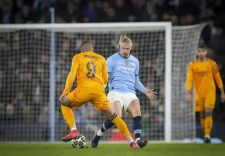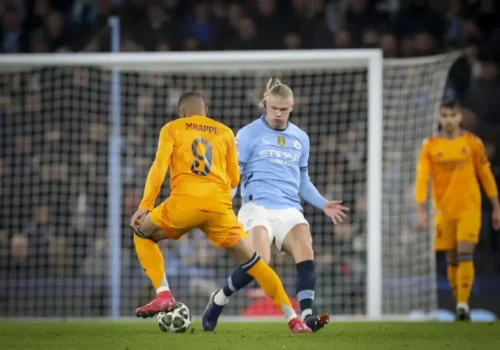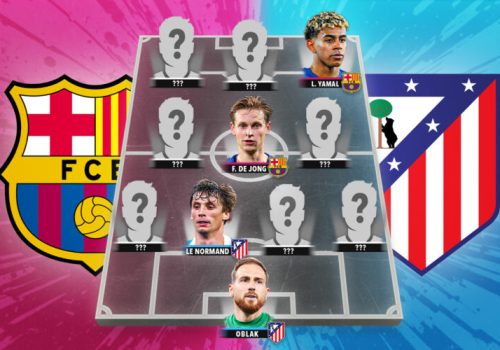Leeds’ signing of Noah Okafor has pushed Premier League spending to unprecedented levels. The twenty clubs have now spent more in one window than any league has ever before. Six of the twenty clubs have broken their transfer records with big money signings.
As the Premier League continues to flex its financial muscle and with global audiences watching every week, has the Premier League become the real Super League?
What was the Super League?
The European Super League was a proposed football competition designed to rival or replace the Champions League. It was designed to become the elite tier of football, where the best players would be facing each other on a weekly basis.
Florentino Pérez, the Real Madrid President, stated that the purpose of the new competition was to “provide higher-quality matches and additional financial resources”.
The idea collapsed under immense fan pressure, but the idea was simple. Concentrate the money, bring all the stars together and dominate world football.
Record breaking spending
For the past few decades, Spain’s giants were football’s big spenders.
Real Madrid alone account for four of the five most expensive football inflation-adjusted transfers in history.
But the wealth never spread. Of the 40 most expensive signings in La Liga history, every single arrival joined one of Real, Barça or Atlético. No other Spanish club has paid over €50m for a player.
That’s what sets the Premier League’s spending apart.
Even relegation candidates are spending like their continental Champions League contenders.
Burnley spent nearly €29m on Lesley Ugochukwu – only ten clubs across the European top leagues have spent more on a player in this window.
Since the start of the 2023/24 season, Brighton have outspent Atlético, Juventus and Bayern Munich. Bournemouth have outspent Real Madrid.
One of the intentions of the Super League was to create a financial powerhouse that meant all teams could spend freely. The Premier League has certainly delivered on that front.
All the stars in one league?
The vision for the Super League wasn’t just financial. It was about the spectacle of having world-class talent in every fixture.
The Premier League is arguably the strongest league in terms of depth, but only two players from the league make it into the world’s best XI at the moment – Virgil van Dijk and Gabriel.
If you want to watch the world’s very best, you’ll still need to tune into La Liga to see the likes of Kylian Mbappé, Lamine Yamal and Vinícius Júnior.
El Clásico remains the sport’s biggest talent show.
Global audiences
The Premier League is broadcast to 189 countries around the world, with 1.87bn people believed to follow the league on a weekly basis.
The US market was central to the Super League proposal. Many of the driving forces behind the idea were the American owners of Premier League clubs, namely Joel Glazer (Manchester United), John W. Henry (Liverpool) and Stan Kroenke (Arsenal).
The Premier League continues to dominate American viewing figures. The opening fixtures of the 2025/26 season was watched by 850,000 Americans, compared to only 653,000 who tuned into La Liga.
For owners, sponsors and broadcasters, the Premier League is football’s biggest and most powerful domestic league.
Has the Premier League become the Super League?
The Premier League has already ticked two of the Super League’s main boxes in terms of financial firepower and worldwide audiences.
Where it still falls short is in the concentration of world stars into one league. For all of the depth throughout the 20 clubs, many of the world’s top stars still play across Europe, ensuring the Champions League remains competitive every year without dominance from the top English teams.
The Premier League hasn’t become the Super League. It has become something arguably even more powerful; a league so rich, global and competitive that it doesn’t even need to breakaway to dominate the sport.













